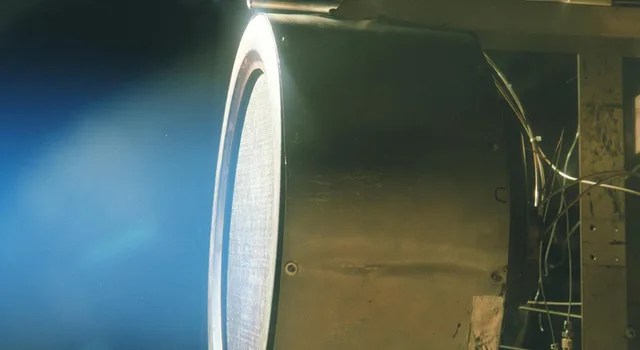5 min read
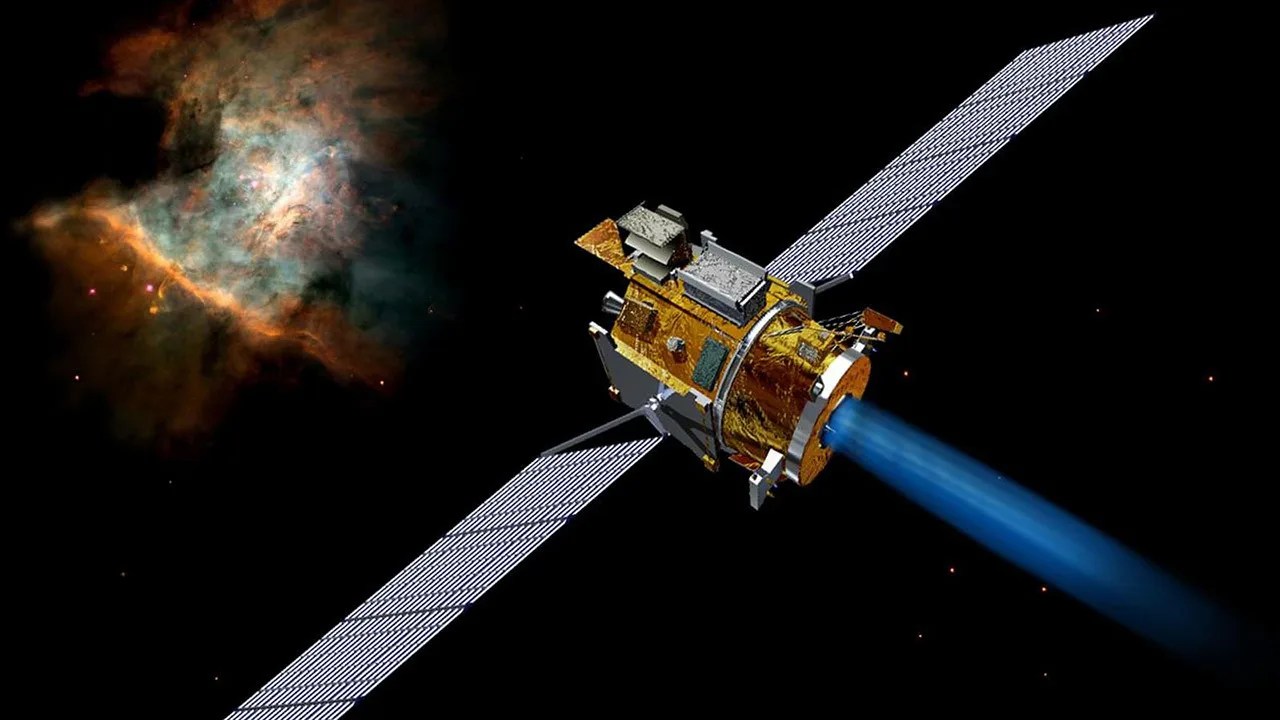
Twenty years ago this month, NASA launched a spacecraft designed to test 12 new technologies that could lead to advances in space exploration. The Deep Space 1 (DS1) spacecraft headed out from Cape Canaveral, Florida, on Oct. 24, 1998, and paved the way for other space missions that later capitalized on DS1’s technologies.
DS1 also flew by an asteroid and captured historic photos of a comet. Engineers did not foresee the challenges they would encounter in flying this probe, but at each hurdle they invented new ways to make the mission a success. Here are 10 things to know about DS1:
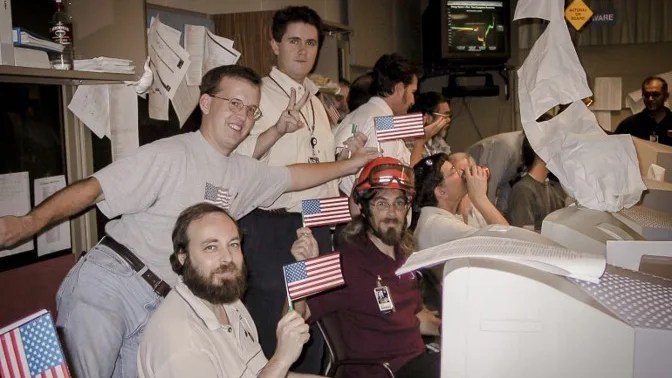
The original charter of DS1 was to test 12 technologies that had never flown on an interplanetary space mission before. Among them were an ion engine, sophisticated navigation software and a new communications device, as well as a camera and a particle detector.
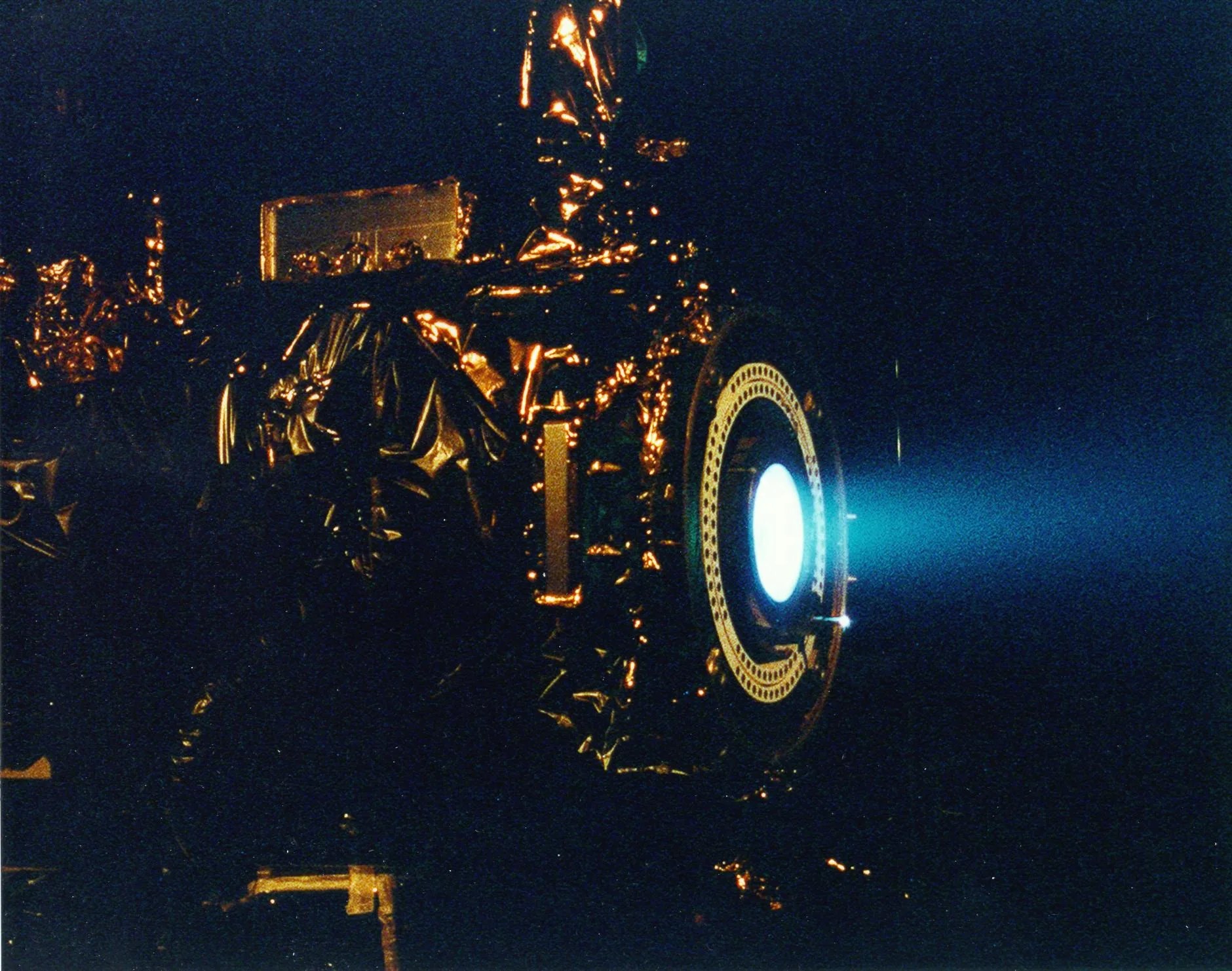
Ion propulsion involves accelerating charged particles of xenon called ions through a grid, which produces a blue glow. The gentle but constant thrust of the ion engine, equivalent to the weight of a piece of paper on Earth, is extremely efficient and cost-effective. By thrusting for long periods of time, it leads to very high speeds. DS1 was the first interplanetary mission to test an ion engine – and it worked with flying colors (namely, blue).
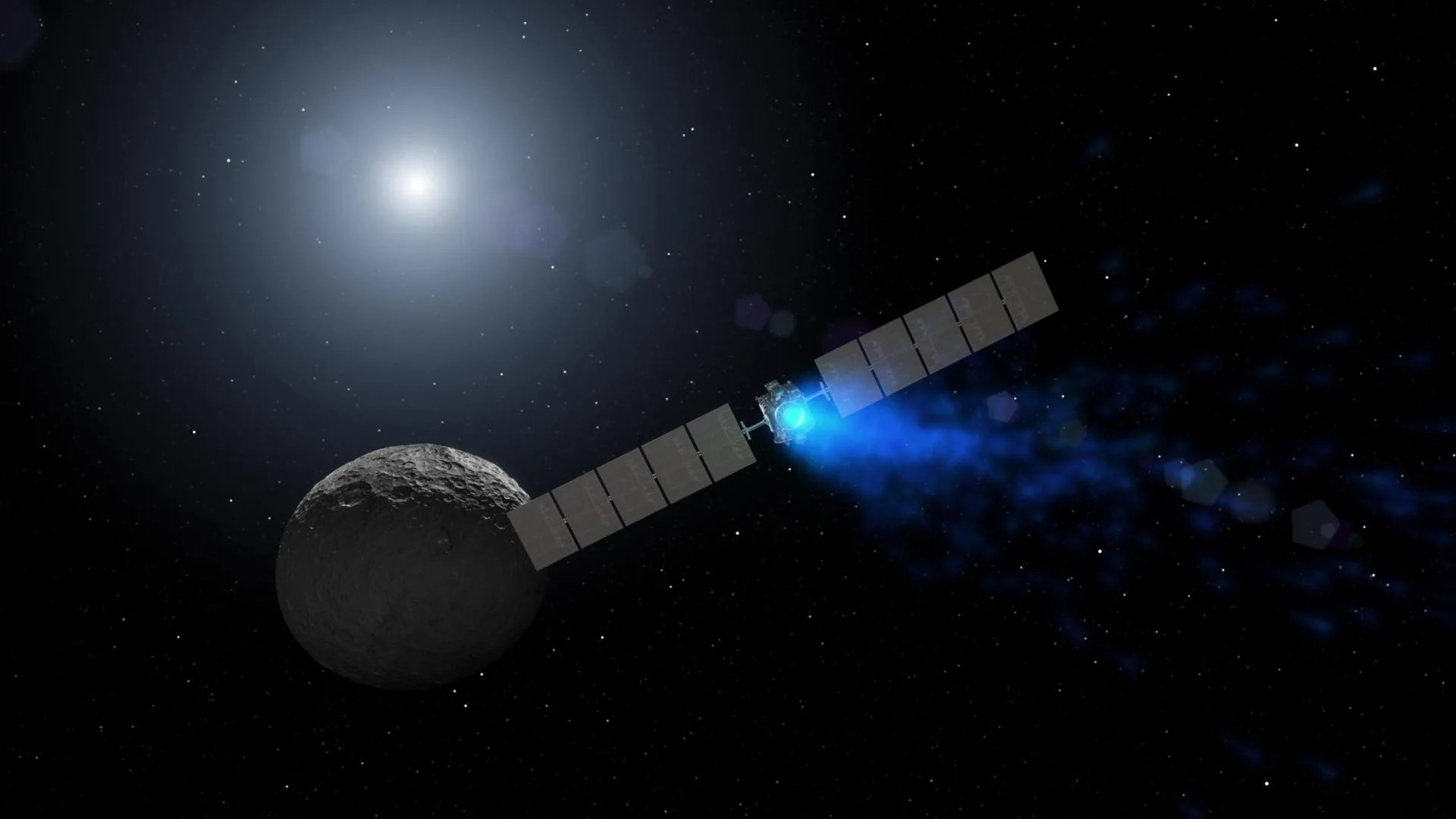
NASA’s Dawn spacecraft, which orbited the planet-like worlds Vesta and Ceres in the main asteroid belt between Mars and Jupiter, is the first spacecraft to orbit two extraterrestrial targets in space. This would be impossible without ion propulsion.
NASA’s Psyche spacecraft, planned to launch in the 2020s, will orbit a metal asteroid called Psyche in the main belt, also enabled by ion propulsion.
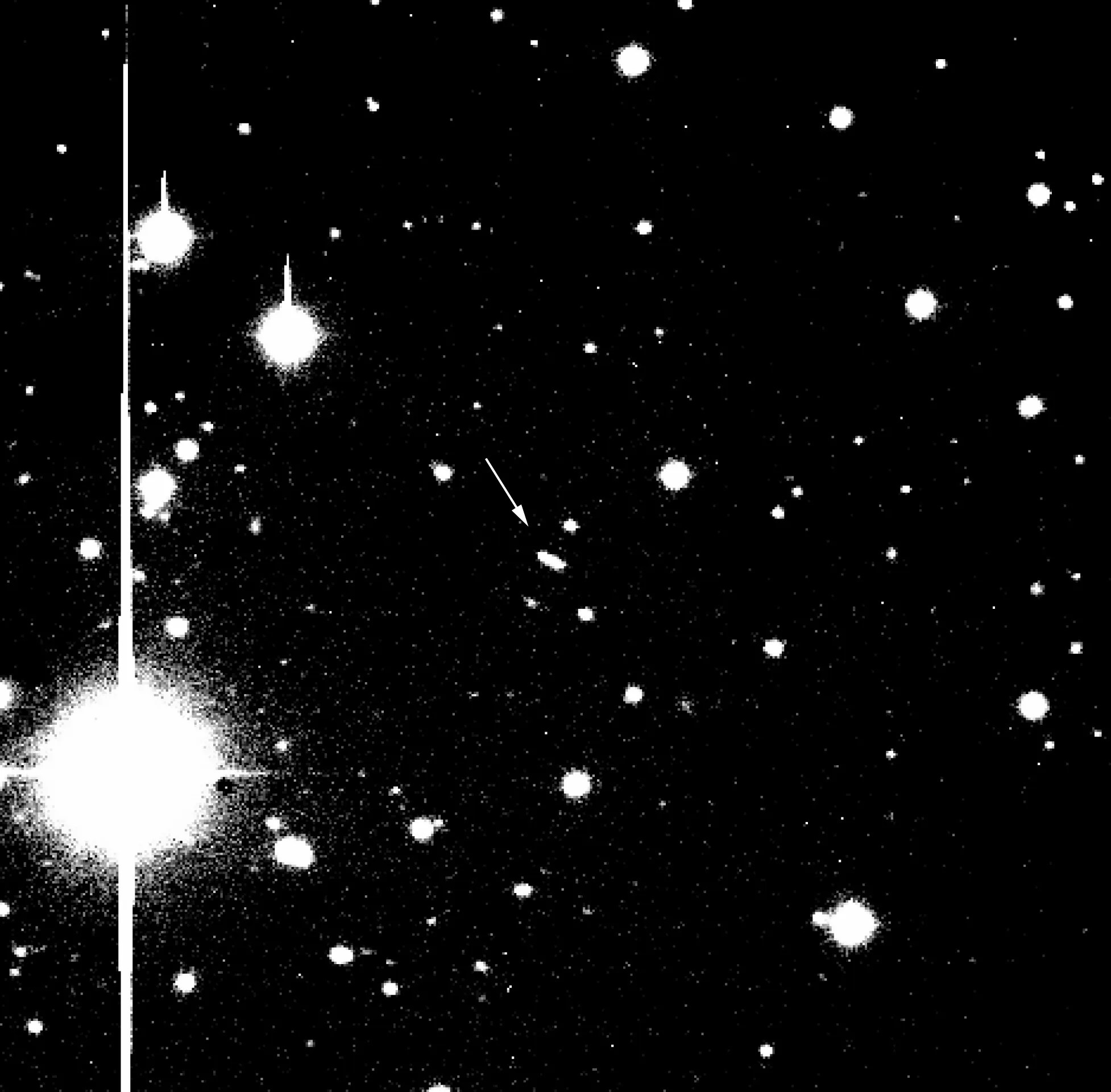
DS1 had a system called Autonomous Optical Navigation, or AutoNav, that could determine its own position in space and correct itself if necessary. This made DS1 the first spacecraft to “know” where it was in the solar system and where it was going and use the ion engine to change its own course without intervention from engineers.

At Comet Borrelly, DS1 used AutoNav to locate the nucleus of the comet in the spacecraft’s pictures and then predict where to point so that subsequent photos would also capture the comet’s nucleus.
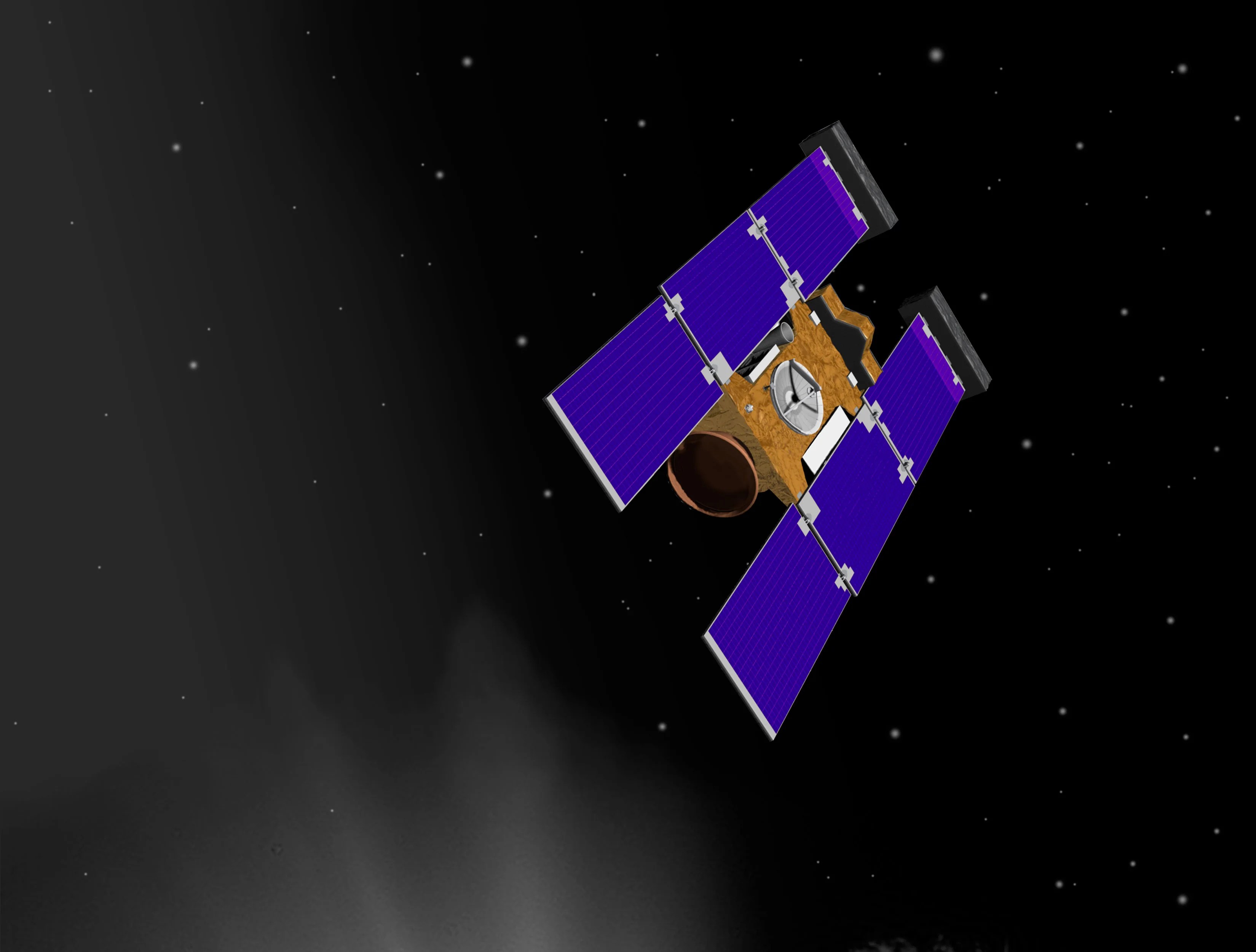
The part of AutoNav that DS1 used during the close flyby of comet Borrelly was later incorporated into two other NASA missions: Stardust, the first spacecraft to return samples from the tail of a comet to Earth, and Deep Impact, which sent an impactor to a comet to reveal surface materials.
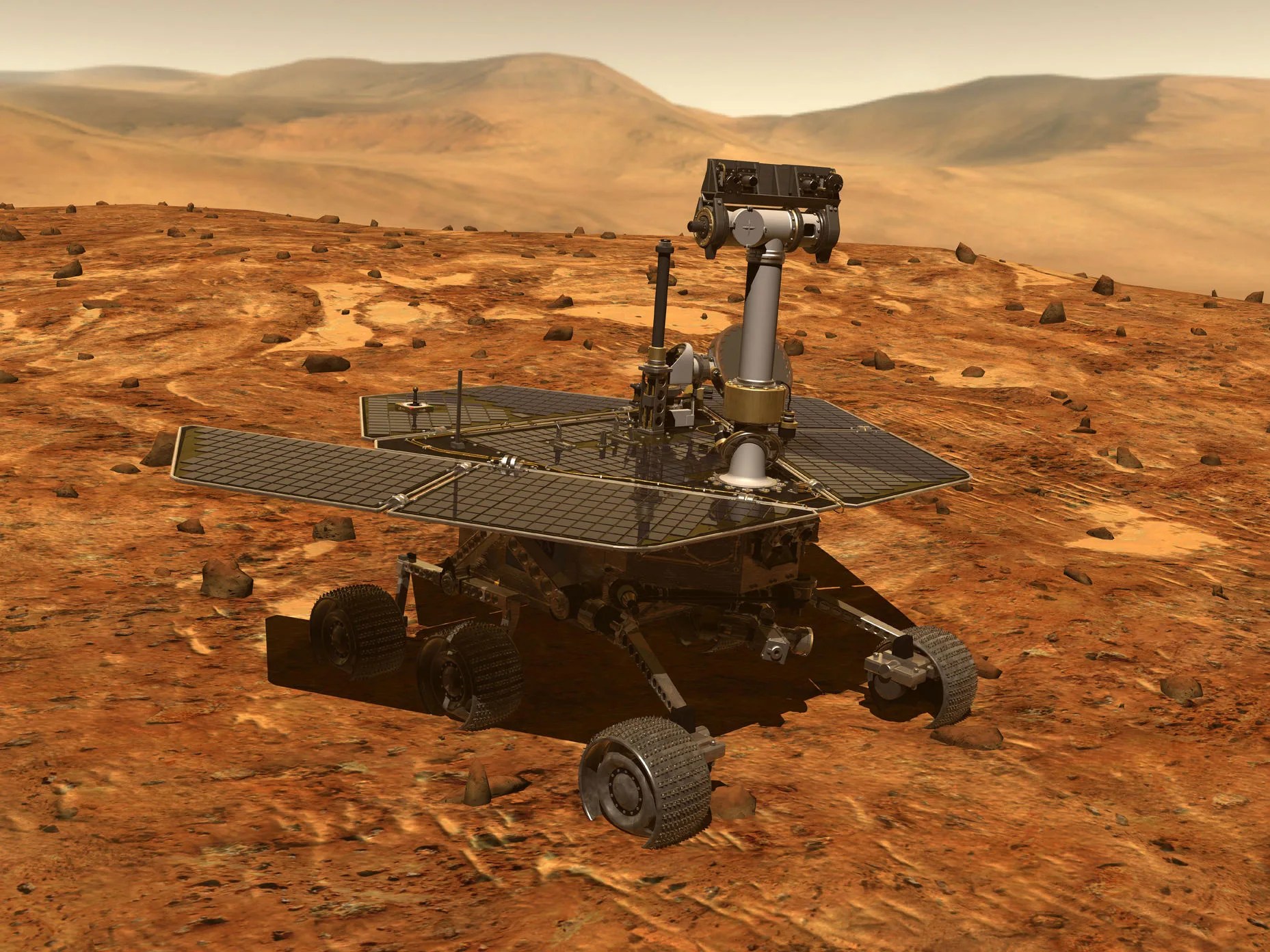
DS1’s Remote Agent system demonstrated the spacecraft could make its own planning decisions and detect and diagnose other problems. Components of the Remote Agent software have inspired or directly supported aspects of other NASA missions, including the twin Mars Exploration Rovers Spirit and Opportunity, the Mars Phoenix lander and the Curiosity Mars rover.
A compact device called the Small Deep Space Transponder for communications with spacecraft beyond the Moon was first tested with DS1. The transponder combined several functions that had previously required multiple devices, and therefore more weight. Since then, many NASA missions such as Dawn, Kepler, Spitzer, and OSIRIS-REx have used the Small Deep Space Transponder.
In the technology demonstration phase of the mission, taking pictures of anything at all was considered an optional bonus. But in 1999, DS1 completed a flyby of asteroid 9969 Braille. Although photos DS1 sent back were fuzzy, the encounter proved that DS1’s ion engine was capable of taking the spacecraft to a destination far beyond Earth.
Other science data showed intriguing similarities between Braille and Vesta, the planet-like world NASA’s Dawn spacecraft orbited from 2011 to 2012.
An essential piece of hardware called a star tracker failed in November 1999, and DS1 went into a minimal-activity state called safe mode. In order to continue flying the spacecraft, engineers had to reinvent ways to restore communication and get the spacecraft back on its way. Read about the remarkable rescue here.
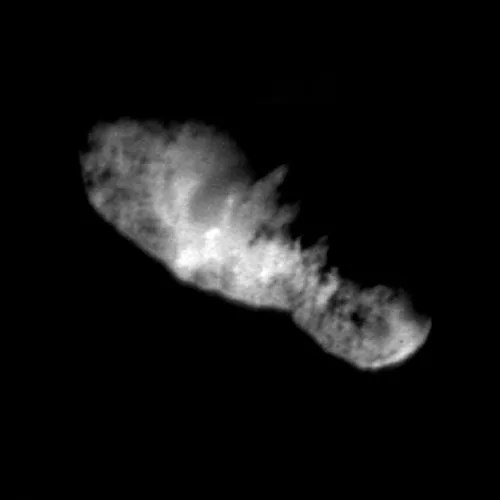
On September Sept. 22, 2001, the DS1 mission control area erupted with joy as the team received close-up photos of Comet Borrelly. These were the best images of a cometary nucleus ever seen, and gave scientists a better understanding of what these icy bodies look like. The encounter made DS1 was a pioneer for the future exploration of comets by missions such as Stardust, Deep Impact and the European Space Agency’s Rosetta.

